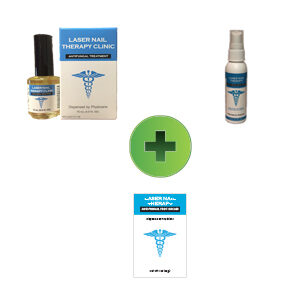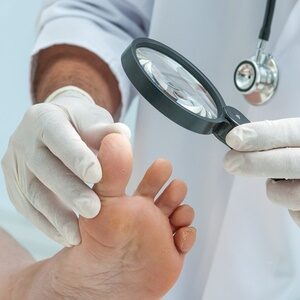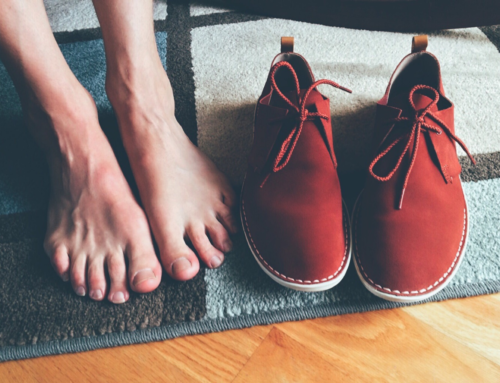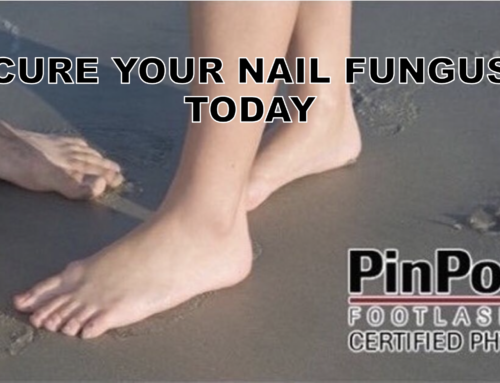Topical anti-fungal medications can be ineffective. Your doctor can suggest topical treatment, such as antifungal nail polish or ointment.
Nail fungus topical medication is the most common treatment option. It is the most readily available one as well. You may find all kinds of topical medication for nail fungus at your local drug store. Before seeking medical attention for nail fungus, people often try various home remedies or over-the-counter treatments to try to treat it at home. As such, almost every single patient will aim to use over-the-counter topical treatments for nail fungus. But does it ever work?
The four main types of antifungal medicines are:
- Topical: Apply directly on the surface of the infected area as a cream, gel, spray, or ointment
- Oral: Taken in the form of a capsule, tablet, or liquid
- Intravenous: Injected into your arm and administered by a professional, usually in a hospital
- Intravaginal: Inserted into the vagina in the form of a soft tablet
Antifungal medicines kill the cells of the fungus by penetrating the cell wall and causing the cells’ death. Also, they prevent already present fungal cells from growing. It’s important to speak to a doctor before taking these pills, as they can cause further health complications in your body. For instance, if you have allergies or already existing conditions such as diabetes.
Additionally, the medication also comes with a set of side effects. It is highly recommended that if you have liver or heart problems, you stay away from antifungal pills to treat your nail fungus. This is because these pills cause serious damage to these organs in your body, significantly, which might even lead to heart and liver failure, requiring hospitalization. It is also important to discuss whether antifungal medication is the best option for treatment if you are pregnant or currently breastfeeding.
Types of topical medication
The biggest advantage of topical medication treatment is that it allows direct application to the affected area. It will reduce the chance of systemic drug reactions. This treatment is safe for most people to try. Topical treatments for nail fungus include ointments, creams, and solutions with antifungal ingredients, most notably Tolnaftate and Clotrimazole. These medications can be purchased at all local drugstores and most grocery stores. These are applied to the nail topically. This is done in the effort that the antifungal agent will kill the fungus. Killing the fungus will cure the infection. However, the sad reality is that topical treatments for nail fungus are almost entirely ineffective.

Topical Solutions
Every week, you need to take off the polish layers and begin a fresh application.
If the treatment works, you should see new, healthy nail growth from the base of the nail bed. Daily use of antifungal-infused nail polish for about 12 months can clear some nail fungal infections. However, it has to penetrate the nail; it can be difficult to reach and destroy all the fungus.
Effectiveness of nail fungus topical medication
Topical treatments for nail fungus are successful in curing it less than 6% of the time. The reason that topical treatments for nail fungus are so ineffective is that the fungus is actually growing on the nail bed. The fungus typically is not on the nail itself. When the topical treatment is applied to the nails, it only sits on top of the nail and is not able to reach the nail bed. Since topical treatments are very weak, they are not an effective means of curing nail fungus at all. However, these topical treatments for nail fungus can be good at preventing future infections. And are often prescribed after more effective treatment to prevent reinfection.
How long until I see results?
These treatments are time-consuming and require a high level of dedication from the patients. Even skipping a few applications can result in remission of the infection. The treatments rarely work. Most solutions in the market are not FDA-approved to heal the infection.
Over-the-counter antifungal nail ointments are available at CVS, Walgreens, and other local drugstores or pharmacies, but unfortunately, they are not very effective. If you suffer from Athlete’s Foot, then you should treat the athlete’s foot with an antifungal cream to avoid reinfection.

Laser Treatment for Toenail Fungus
If you have caught nail fungus, it can be easily treated using the FDA-approved PinPointe laser, which typically only takes one treatment. Other treatments like topical solutions and oral medication, are not as effective. Topical solutions have a very low cure rate. This is because the solution does not penetrate all the way through the nail bed. This is because it can lead to liver toxicity. You would need to have consistent blood tests throughout the course of taking the medication.
Our nail doctor in Philadelphia, PA, recommends this treatment for Toenail Fungus. The PinPointe Laser treatment has the highest cure rate in the market. It has no side effects and no recovery period. As a result, you can go about your daily activities right after the treatment. Also, it is not painful.
If you have any signs of nail fungus, call us at (800) 672-0625 or visit our website for more information on our doctors at one of our over 150 locations.




